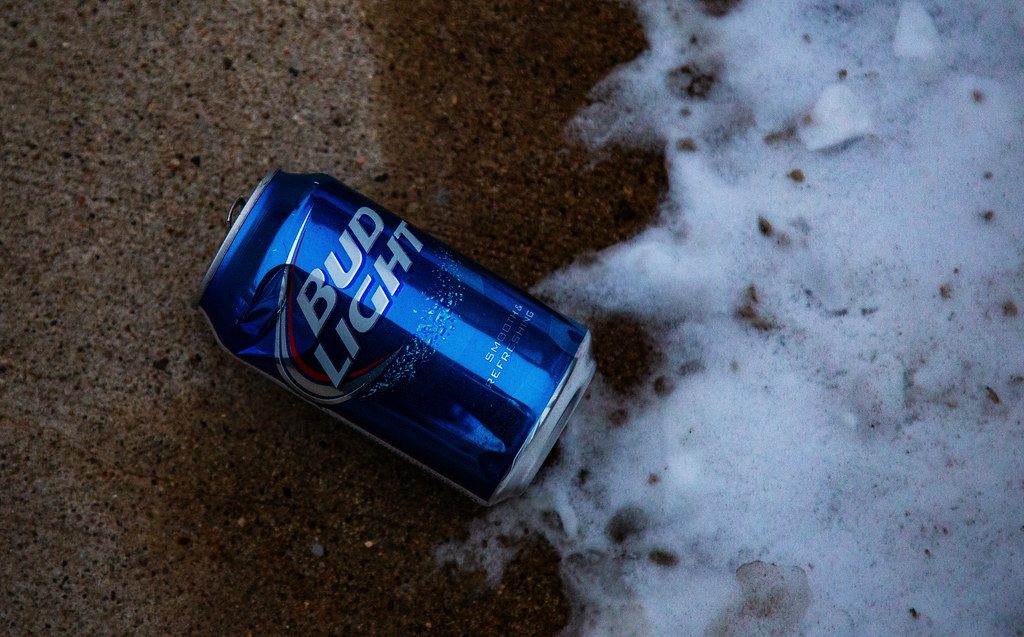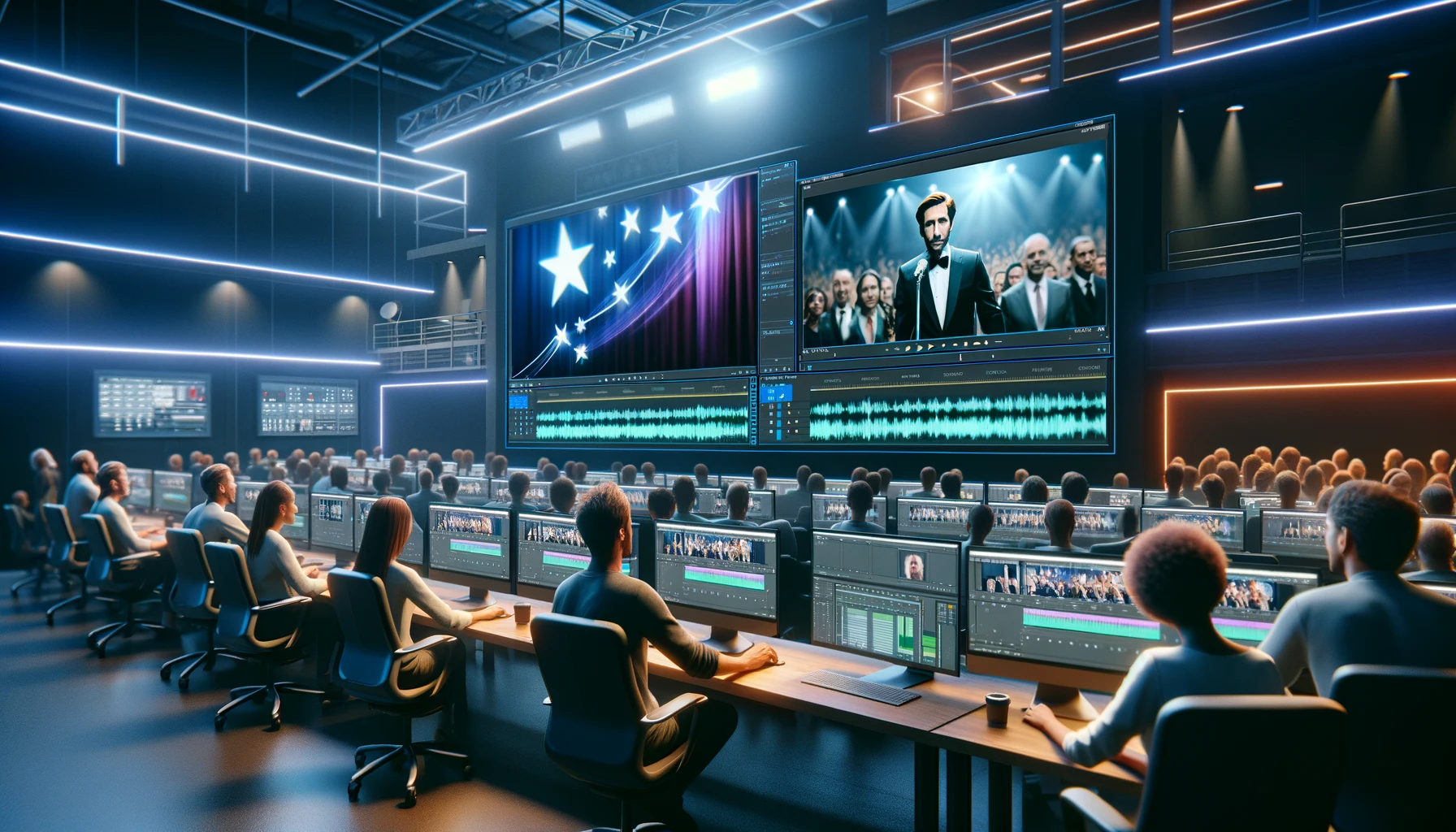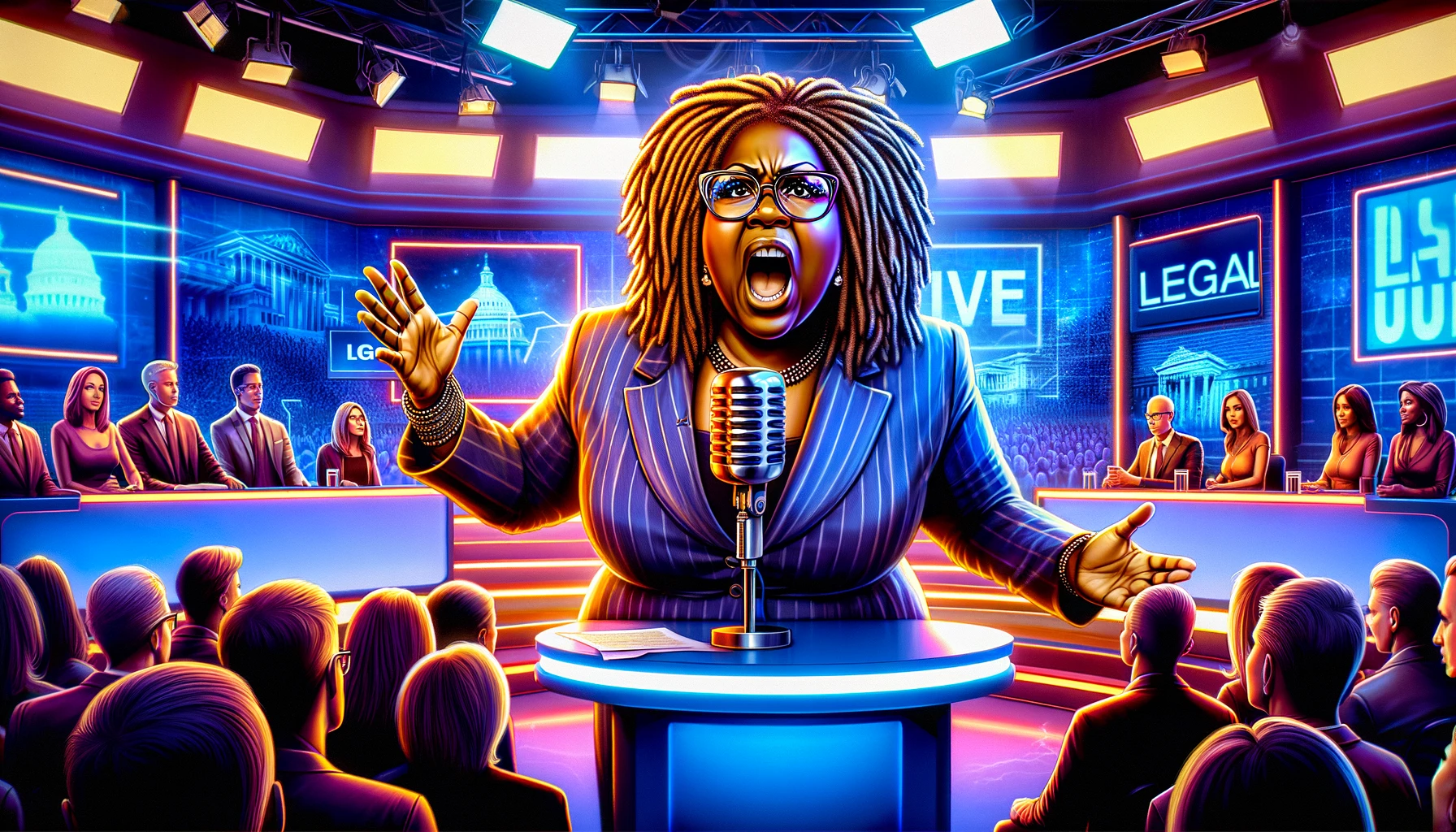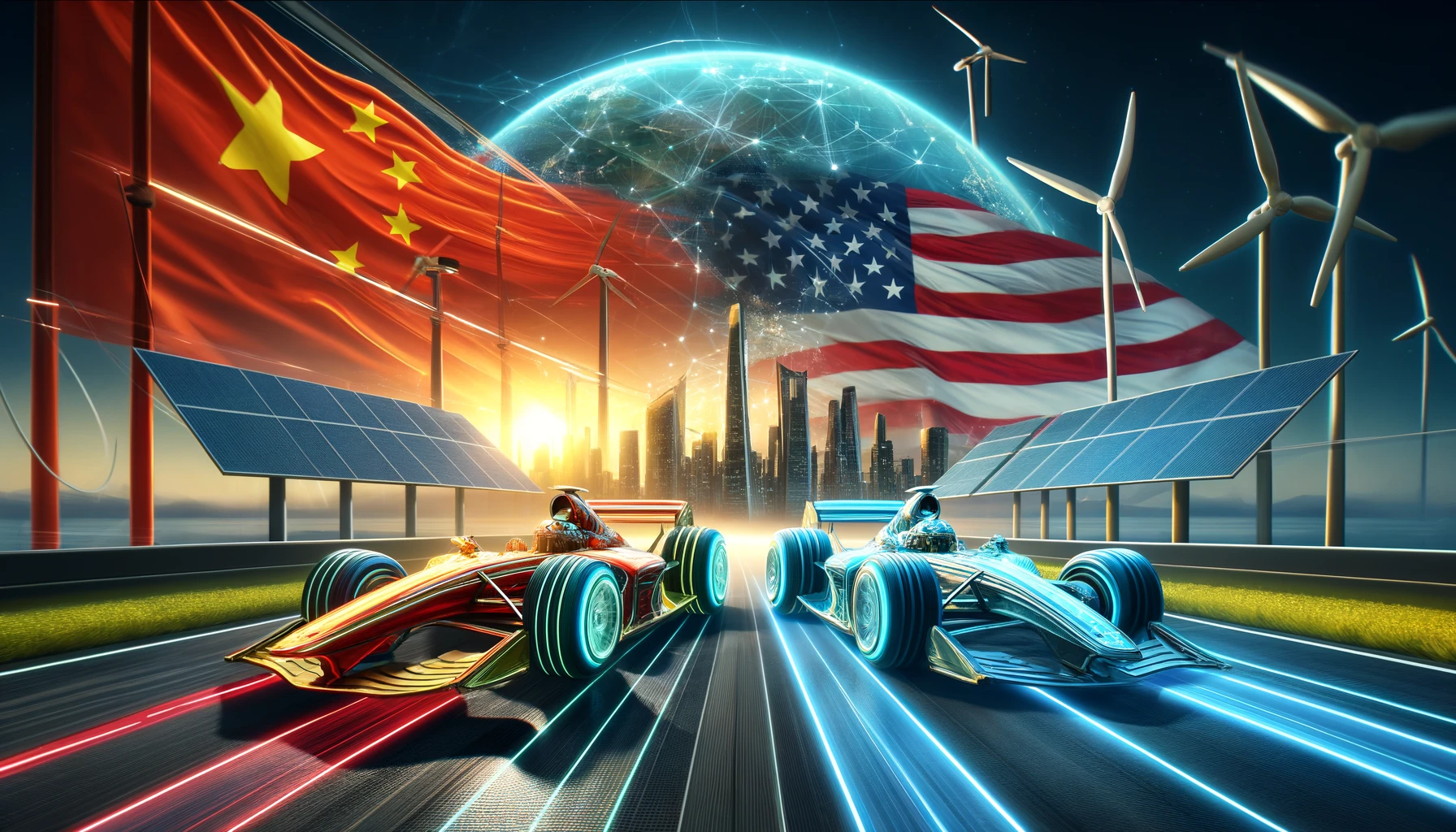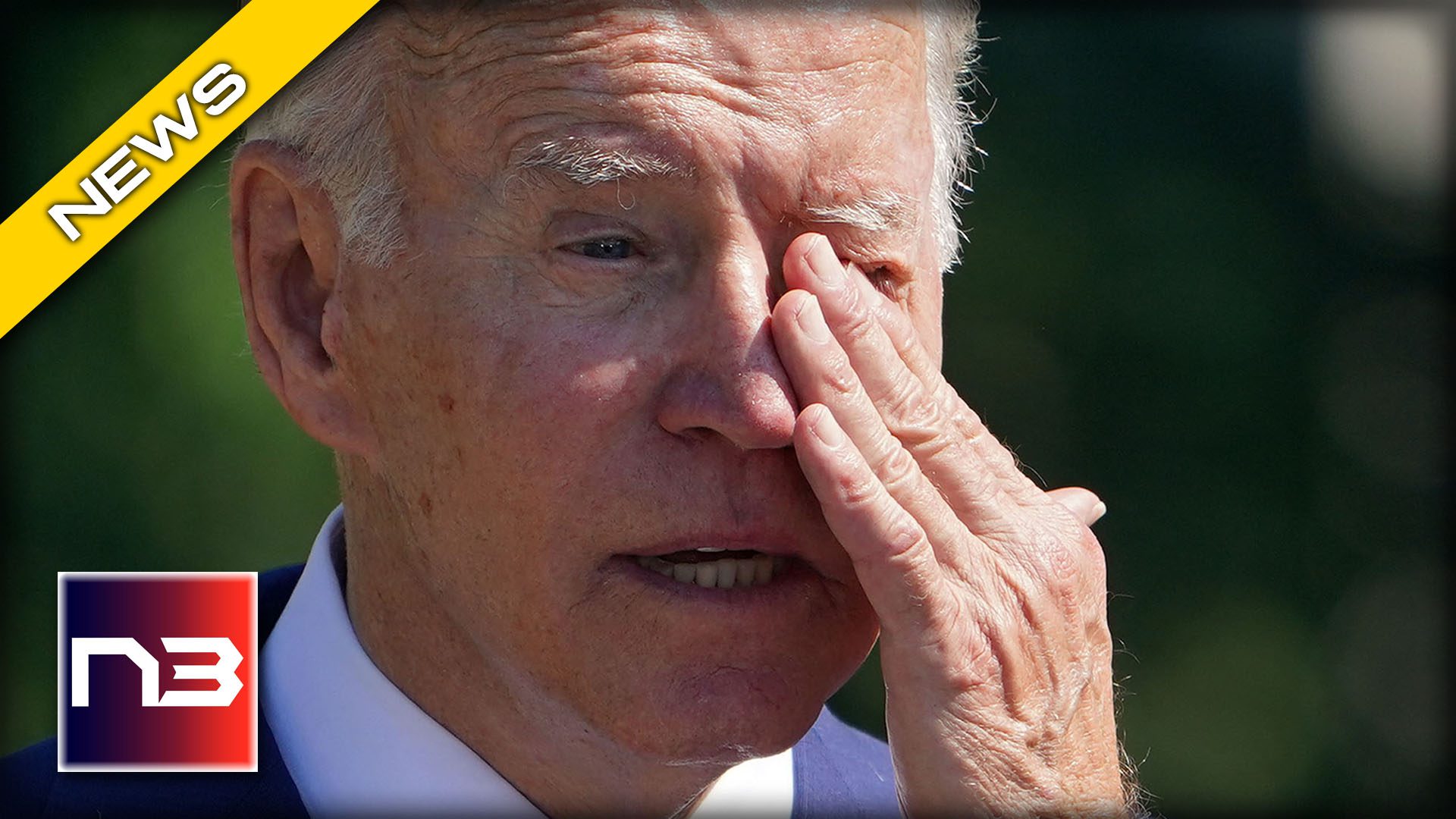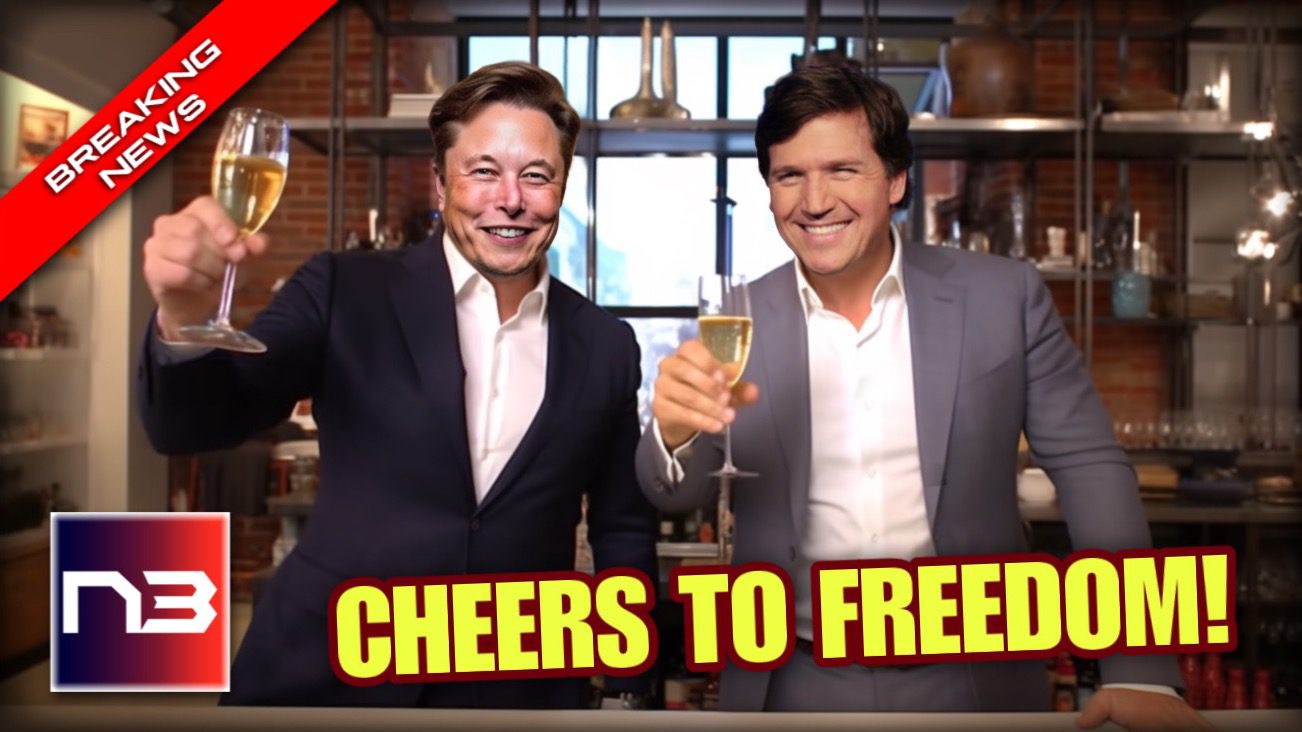It’s the boycott heard around the beer world, shaking up what was once America’s unrivaled beer king. Bud Light, with its indomitable market dominance, has fallen into an unforeseen pit of disdain and rejection. The fall, swift and unanticipated, ensued after an ill-fated marketing campaign that sparked a sweeping nationwide boycott. This clash with conservative values has witnessed Bud Light’s sales tumble alarmingly, tarnishing its once illustrious throne. This debacle shows a striking transformation in consumer behavior, morphing from enthusiastic supporters to adamant critics. How did Bud Light stumble into such ignominy?
It all started with Bud Light’s decision to engage in ‘woke’ marketing, a gamble which decidedly did not pay off. As revealed by Union, a hospitality engagement platform with a wealth of data from bars and restaurants nationwide, Bud Light’s sales share plunged from 11.3 percent to a meager 8.73 percent in the first week of the boycott. The backlash was palpable, with consumers voting with their wallets against the Bud Light’s controversial move. The fallout was even more profound in Q2, with sales share plummeting 34 percent from the previous year, a clear reflection of the widespread boycott’s impact.
We, among the pioneers in unmasking Bud Light’s controversial move, raised the question: “Did Bud Light Go ‘Woke’ With Trans-TikTok Star?” It was a matter of weeks before data revealed a damning verdict. High-frequency data from bars, restaurants, and distributors indicated a massive public backlash, manifesting one of the most significant product boycotts in recent memory. From neighborhood bars to high-end restaurants and even golf courses, the message was resoundingly clear: Bud Light’s pivot to ‘woke’ was a miscalculation of public sentiment.
Layne Cox, Union’s Chief Marketing Officer, notes that the main beneficiaries of Bud Light’s fall from grace are domestic beer brands. With Bud Light’s public image tarnished and sales declining, competitors are capitalizing on this golden opportunity. Modelo, for instance, managed to usurp Bud Light’s longstanding position at retail, a monumental shift in the beer landscape. But the most dramatic change is evident at high-volume bars and restaurants, where data from Union’s POS machines reveals a surprising trend: guests are spending more on Miller Lite than Bud Light.
The POS data shows an astonishing 21% surge in Miller Lite sales in the three months ending June 30. On the other hand, Bud Light’s sales tumbled by 34%, underscoring the severity of their fall from the public’s favor. The top three selling beers on Union’s POS machines are now Miller Lite, Michelob Ultra, and Coors Light. It’s a notable mention that AB InBev, Bud Light’s parent company, also owns Michelob Ultra, displaying the wide-ranging and diverse nature of the beer industry.
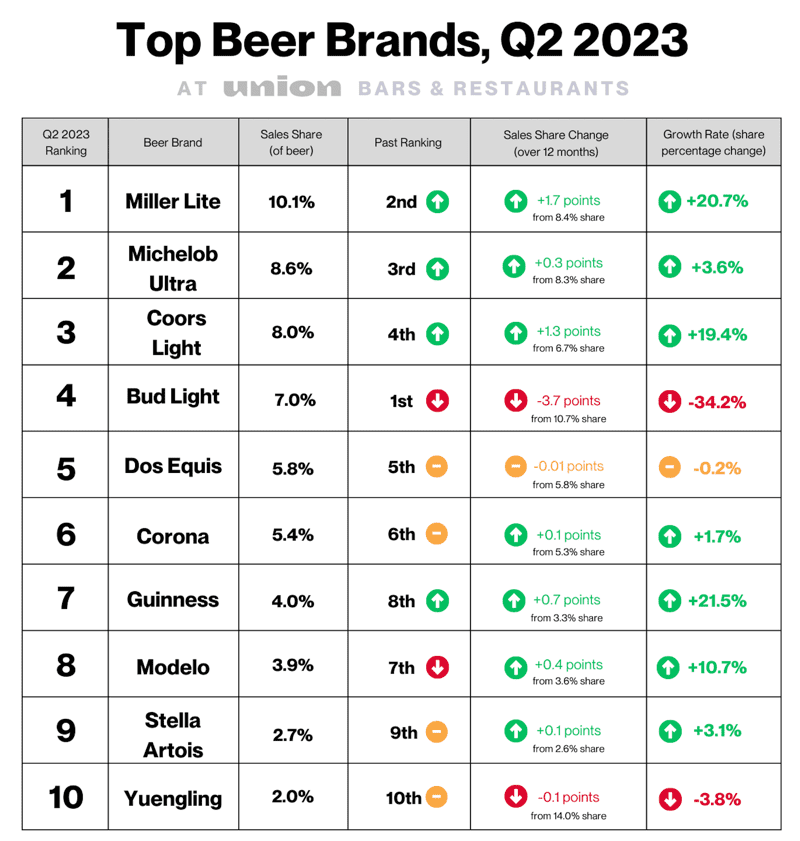

The effects of the boycott show no signs of abating. Three months in, it still grabs headlines, keeping Bud Light’s sales at Union venues in a persistent slump. According to Cox, it will take significant time for the brand to fully rebound, if it ever does. A striking example of the boycott’s influence is in the Carolinas, where Bud Light sales have witnessed steep declines. As Miller Lite demand soars, Bud Light’s once faithful audience seems to have defected.
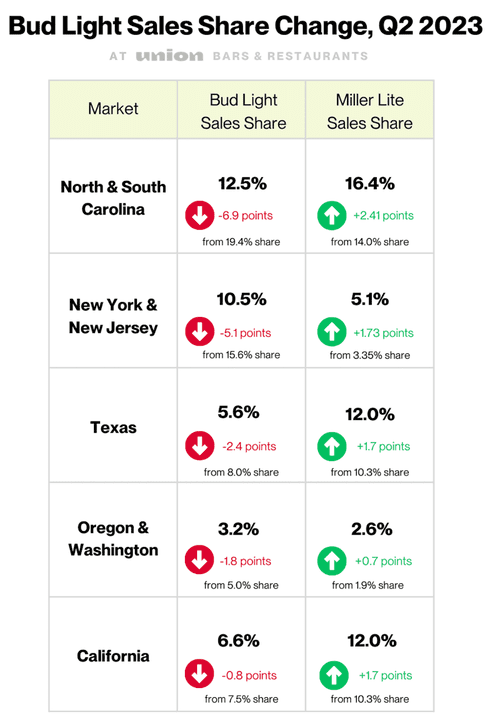

Clayton Dukes, general manager of the Blind Tiger Pub in Charleston, South Carolina, noted a drastic shift in consumer behavior. Using Union’s POS, the pub reported that Bud Light sales have become “almost non-existent” since the boycott erupted in early April. Initially, Dukes believed the boycott’s impact would be fleeting. However, as time passes, it becomes abundantly clear that the issue won’t dissipate soon.
Adding to Bud Light’s woes, Deutsche Bank analyst Mitch Collett predicts a possible permanent loss of nearly 25% of Bud Light’s business. This forecast aligns with the emerging trends in bars and restaurants, painting a grim picture for Bud Light’s future. All of these factors contribute to a turbulent time for Bud Light, underscoring the importance of understanding and aligning with the public’s sentiment in marketing decisions.
In this tale of waning popularity, we witness the drastic effects of a misguided marketing campaign on a once leading brand. Bud Light’s sharp fall is a stern reminder of the public’s power in shaping a product’s fate. Its ‘woke’ marketing strategy, which so grossly miscalculated public sentiment, resulted in severe financial repercussions, proving an urgent wake-up call for brands everywhere. It now faces a long road to redemption, laden with skepticism and redefined consumer expectations. This is a story of a tarnished beer king, a potent testament to the power of consumer voice in the marketplace. Bud Light: will it ever shine again?
